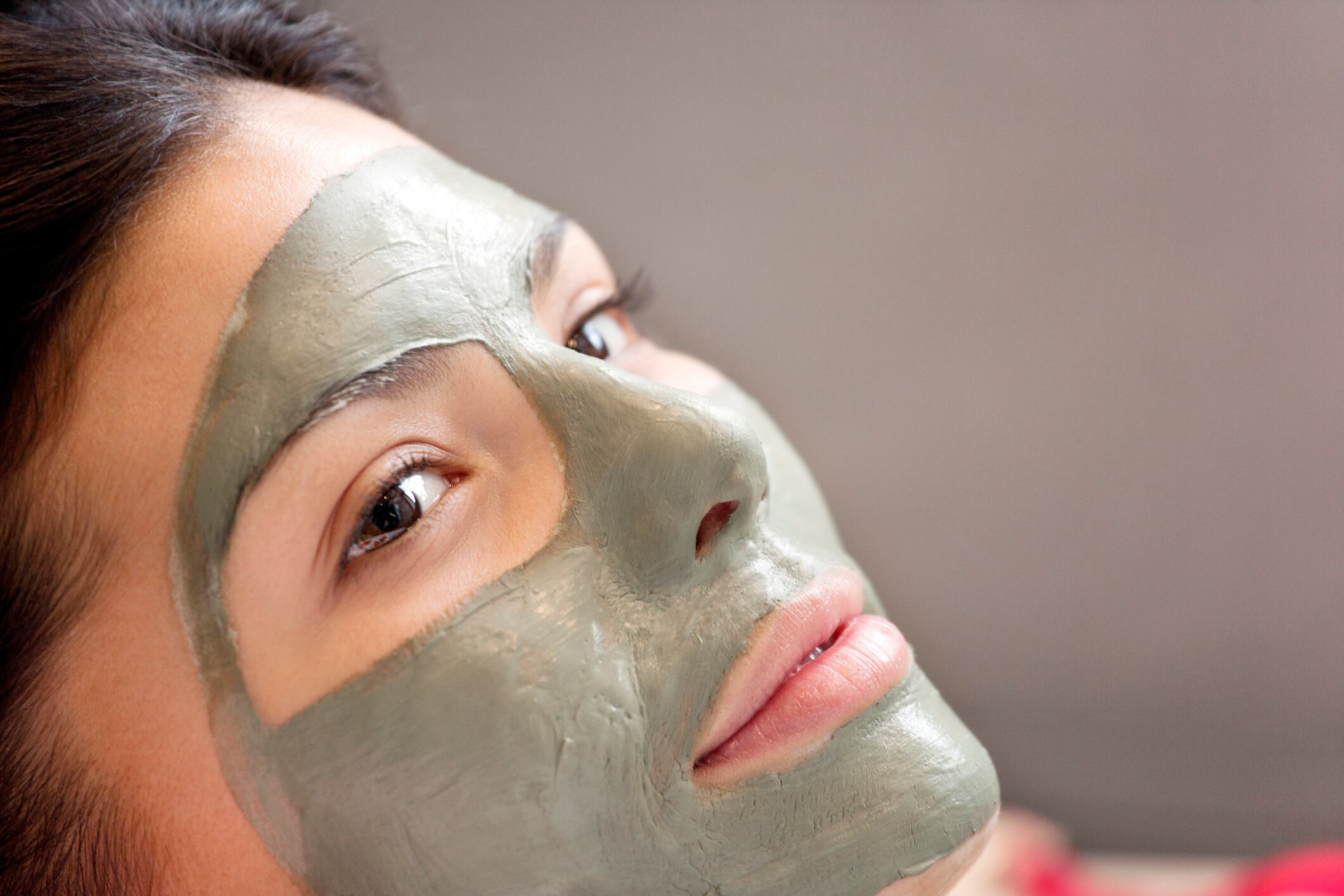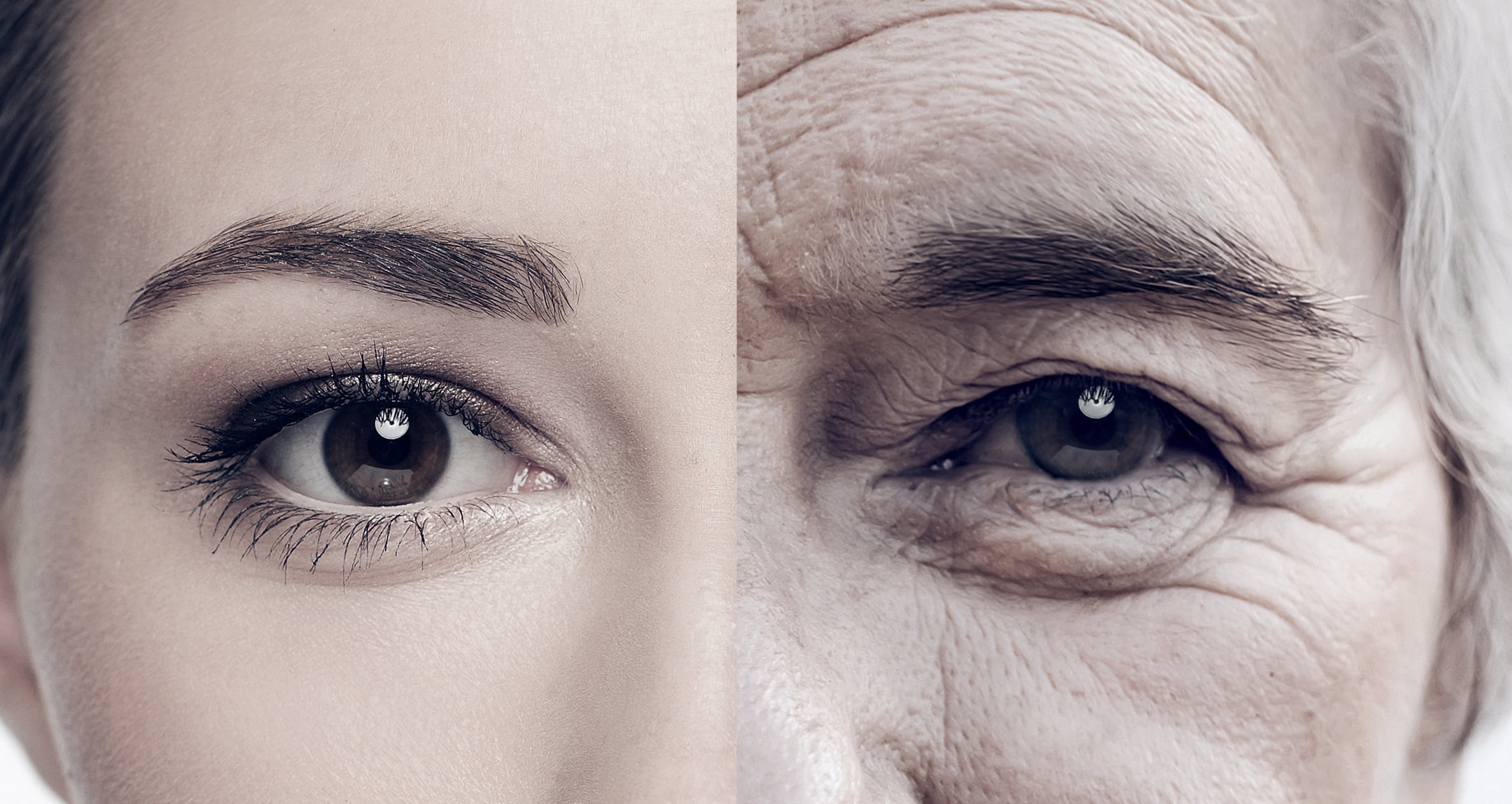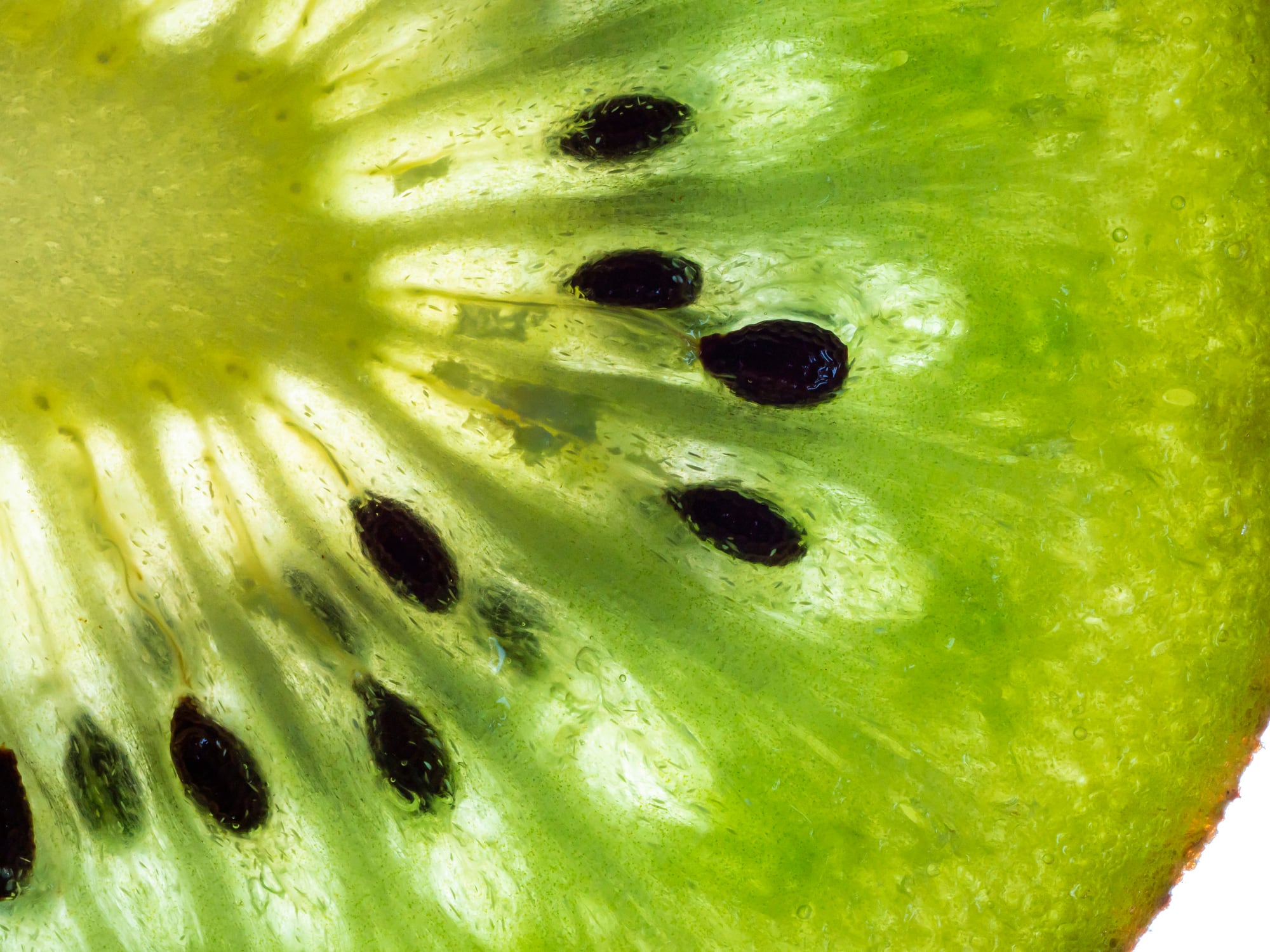A new peer-reviewed study has evaluated the short-term skin effects of clay-based face masks, focusing on three commonly used clays: red, green, and black. The research, published this month in the scientific journal Cosmetics, points to a clear reduction in skin oiliness after application, but no lasting changes to skin firmness or elasticity.
Researchers from the University of São Paulo and Lusófona University in Lisbon developed formulations using each clay type and tested them on participants under realistic use conditions. Unlike daily skin care, clay masks are typically applied for short periods once or twice a week. To reflect this, the study used a two-hour contact time before rinsing.
Oil control effect is clear, but short-lived
Across all tested formulations, surface oil dropped significantly after use. “All formulations significantly reduced superficial sebum levels compared to the untreated control site, including the placebo,” the researchers wrote.
The highest concentration (7%) showed the strongest oil-reducing effect. However, two hours after removal, sebum levels had rebounded past baseline. “There was no evidence of a compensatory regulation induced by the clays,” the authors wrote, indicating the effect was immediate but not long-lasting.
For manufacturers, the results support the role of clay in oil-control products, particularly rinse-off formats, but suggest limited potential for sebum regulation over time without repeated use.
No measurable impact on elasticity or firmness
Despite claims often linked to clay masks, the study found no improvement in skin firmness or elasticity. “We did not observe significant differences over time for any site,” the authors noted after analyzing cutometry data.
The results are consistent with earlier studies that question whether clay masks deliver a lifting effect in the short term. For brands promoting anti-aging or firming benefits, these findings could underscore the need to back claims with long-term or repeated-use data.
Formulators can draw on distinct clay properties
Each clay used in the study brought different mineral and physical traits. Black clay had the smallest particle size, which may offer a smoother texture in application. Red clay showed the highest iron content, supporting its use in photoprotective or pigment-rich formulations. Green clay was denser and contained smectite, a mineral linked to higher absorption capacity.
These differences may inform ingredient selection depending on product goals, whether targeting oily skin, improving spreadability, or delivering visual effects.
Heavy metal levels raise formulation concerns
Ingredient safety was also addressed. While green and red clays met U.S. FDA limits for heavy metals, black clay showed arsenic levels above the allowable threshold for use in color additives and “must be more accurately studied concerning fulfillment of arsenic limits,” the researchers wrote.
The finding highlights a key consideration for brands sourcing mineral ingredients, which is that natural origin doesn’t eliminate the need for thorough testing and compliance verification.
The study was designed to mirror typical consumer use of rinse-off masks, but the authors say further testing is needed to assess effects over time or in different formats. “Further research is warranted to investigate the isolated effects of each clay and their performance in different formulation vehicles and after repeated applications,” they wrote.
Source: Cosmetics, 2025,12, 219. doi: 10.3390/cosmetics12050219 . “Clay-Based Cosmetic Formulations: Mineralogical Properties and Short-Term Effects on Sebum Regulation and Skin Biomechanics”. Authors: Sarruf, F.D., et al.





